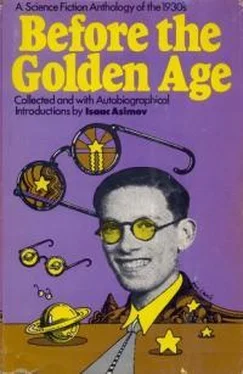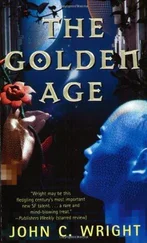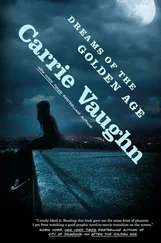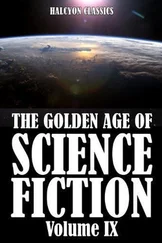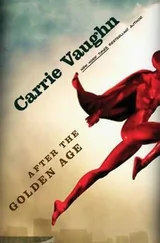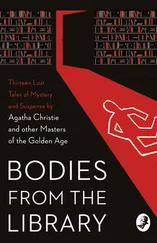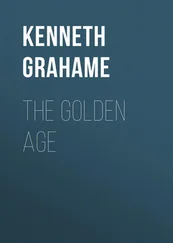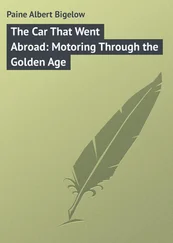But never mind . . .
I was evicted from one Paradise only to enter another.
In the August 1938 issue of Astounding Science Fiction there appeared “Who Goes There?” by Campbell himself, under his Don A. Stuart pseudonym. (By then, I knew who Stuart was.) This was, beyond any doubt, one of the very best science fiction stories ever written—perhaps the very best of any length below that of a novel.
It was a rewrite of his “The Brain Stealers of Mars,” which is included in this anthology, but “Who Goes There?” is at a much higher level. It was as though Campbell was, by example, showing the science fiction world exactly what he wanted. “The Brain Stealers of Mars” was the story as it might be before, but “Who Goes There?” was as it was now and as he wanted it to be. [“Who Goes There?” was eventually made into the financially successful but science fictionally contemptible motion picture The Thing, for which John was paid a mere few hundred dollars in total. When I expressed indignation at this, Campbell characteristically shrugged it off. He said, “It helps spread science fiction among the outsiders. That’s all that counts.”]
Therefore, with the August 1938 issue of Astounding Science Fiction and with the story “Who Goes There?” The Golden Age of Science Fiction (with capitals) begins, and any book entitled Before the Golden Age must end.
And I was part of the Golden Age. In October 1938, three months after I read “Who Goes There?” (with delight mingled with despair), I made my first sale—to the Ziff-Davis Amazing. And three months after that, I finally sold a story to Campbell.
I was there. Like science fiction itself, I had moved up to a higher level. On that higher level, joys were not unalloyed, for the despair of a story that would not work out was there and the chilling dread of the deadly rejection slip. But the unprecedented pleasures of the occasional sale also existed.
For what followed then, for the story of my next eleven years with its struggles and vicissitudes (and stories) I refer you to The Early Asimov, which must now be viewed as the second volume of my peculiarly designed autobiography.
—Unless, of course, you have already read it.
